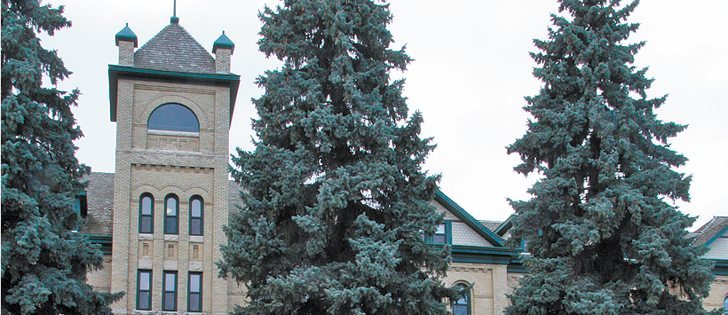Medical school proposal | Brandon University could train doctors
Government funded feasibility studies too often wind up on a high, dusty shelf in an unused office, ignored and unread.
Doug Dobrowolski, president of the Association of Manitoba Municipalities, hopes that isn’t the fate of the Brandon Medical Education Study.
The study is crucial for rural Manitoba because smaller communities across rural Manitoba are losing the battle for physicians, he said.
“Unfortunately in Manitoba, there’s a competition where communities are bidding (against each other for doctors). We’ll provide you a house, we’ll provide you furniture. They’ll do whatever to get a doctor into their community,” he said.
Read Also

Rural Manitoba resources slim on natural disaster planning
A study from Brandon University’s Rural Development Institute has found that many rural and small municipalities don’t have the staff or resources to make formal climate plans against natural disaster.
Last April, the provincial government committed $350,000 for a study to consider if medical education in Brandon, Manitoba’s second largest city, would bolster the quality of medical care in rural and northern regions.
The University of Manitoba currently has the only medical school in the province, but that could change, depending on the study’s outcome.
The argument for doctor training in Brandon is basic. If physicians are educated in a more rural location, like Brandon, it’s more likely that they will practise in a rural area.
“It’s more of an ease of transition to (rural communities).”
Empirical evidence from Australia, Canada and the United States indicates that Dobrowolski’s assumption is correct, said Deborah Poff, Brandon University president.
“If you educate people in small cities with a lot of experience and exposure to rural communities when you’re a student, the likelihood of you practising (in a rural area) … is more than doubled.”
Yet, it’s doubtful the Manitoba government will set up an independent medical school at Brandon University, because of cost and logistical factors, Poff said. A satellite medical program in Brandon, where doctors receive a University of Manitoba degree, is more likely, she said.
One possible model is the Northern Medical Program at the University of Northern British Columbia in Prince George. The program, which began in the mid 2000s, is part of the University of British Columbia medical school but the curriculum is delivered in Prince George.
“These graduates have been very successful in their residency matches with over 50 percent choosing to pursue careers in family medicine … far above the national average,” reported a Northern Medical Program website.
To increase the probability of doctors practising in rural areas, the Northern Medical Program seeks students from rural B.C., selects students from rural and northern B.C. and gives weight to a willingness to practice in rural areas, said Poff.
UNBC admits 32 students into its medical degree program each year, a number Poff thinks is reasonable for Brandon.
Each year, the University of Manitoba has 110 seats for students who want to become doctors. If a satellite medical program was created in Brandon, the number of seats in the province might be increased or seats may be moved to Brandon from Winnipeg.
The Association of Manitoba Municipalities will meet with Manitoba’s health minister April 13 to learn about the recommendations in the report, Dobrowolski said.
















